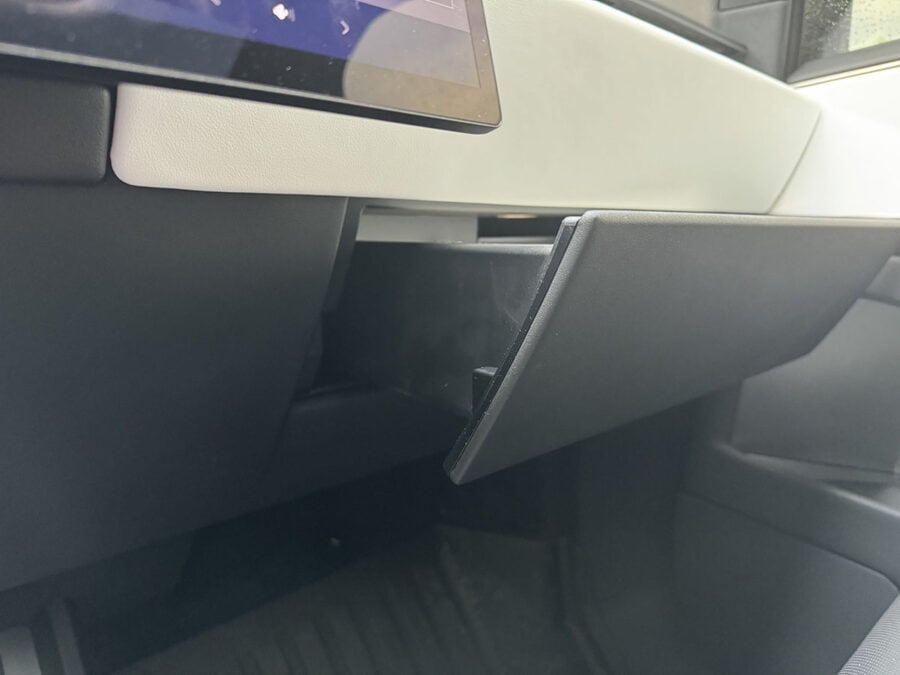Tesla’s Cybertruck has been turning heads since its debut, and the latest off-road package update promises to elevate its rugged capabilities even further. For adventurers and off-road enthusiasts, this update introduces a suite of new features designed to enhance the Cybertruck’s performance on challenging terrains. Here’s a closer look at what’s new. A week after we took delivery our Cybertruck, we received an over-the-air software update that included the initial release of the off-road package. Here’s what it currently includes! Overland Mode: Steady Handling Across Varied Terrain The Overland Mode now boasts advanced features to provide more consistent handling and better overall traction. Whether you’re navigating rock-strewn paths, gravel roads, deep snow, or sandy trails, the Cybertruck’s enhanced Overland Mode is designed to keep you steady and in control. The updates ensure that the vehicle adapts to different surfaces, improving grip and stability for a smoother ride. Baja Mode: Ultimate Control and Flexibility For those who crave high-speed off-roading thrills, the updated Baja Mode delivers. With vehicle balance optimization and freer handling when Stability Assist is set to manual, drivers can now enjoy a more dynamic driving experience. The new Terrain slider allows for fine-tuning of the vehicle’s performance across various off-road conditions, giving you the ultimate control to tackle everything from dunes to desert tracks. Locking Differentials: Conquer the Unconquerable One of the standout additions to the Cybertruck’s off-road arsenal is the inclusion of locking differentials. This feature is crucial for traversing uneven or slippery terrains where a wheel may lose traction. By engaging the locking differentials, the Cybertruck can distribute power more evenly across all wheels, helping it move through low-traction environments effortlessly. To use the locking differentials, you can select from options available in the vehicle status area or through the Off-Road app on the touchscreen. This feature is not only essential for hardcore off-roading but can also be beneficial in everyday scenarios, such as getting unstuck from a snow bank. However, it’s important to use caution—engaging the locking differentials on high-traction surfaces like asphalt can damage the drivetrain. Always refer to the Owner’s Manual before utilizing this feature. Trail Assist: Focus on Steering Trail Assist is designed to maintain a steady cruising speed on rough or steep terrain, allowing you to concentrate on steering. Unlike traditional cruise control, Trail Assist stays active even when you brake, resuming the set speed as soon as you release the pedal. This feature can be adjusted via the right scroll wheel, making it easy to control your speed without taking your eyes off the path ahead. To enable Trail Assist, navigate to Controls > Dynamics > Off-Road Mode > Trail Assist. Remember, this feature does not automate steering or obstacle avoidance, so remain vigilant and ready to take immediate action. Refer to the Owner’s Manual for detailed instructions on using Trail Assist effectively. Conclusion With these updates, Tesla’s Cybertruck off-road package is more capable than ever. The enhanced Overland Mode, new Baja Mode, locking differentials, and Trail Assist collectively make this vehicle a formidable force in any off-road scenario. Whether you’re tackling rocky trails, sandy deserts, or snowy paths, the Cybertruck is equipped to handle it all. Embrace the adventure with confidence and enjoy the unparalleled performance of Tesla’s latest innovations.









